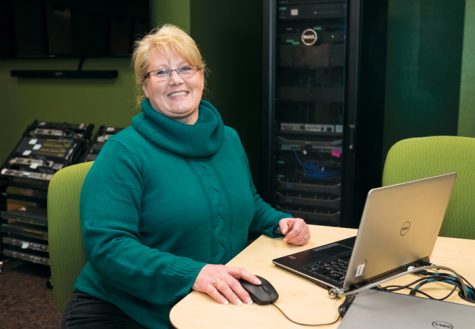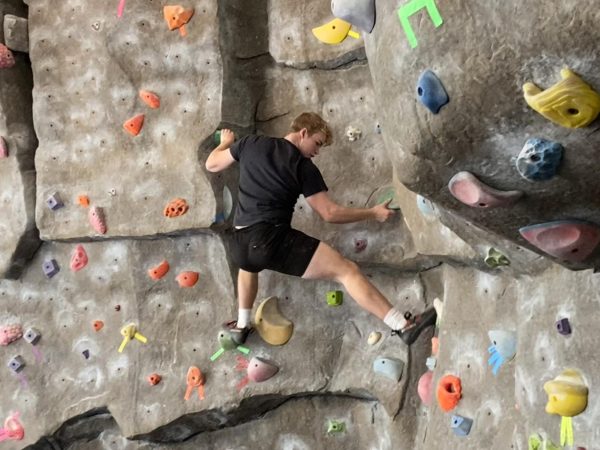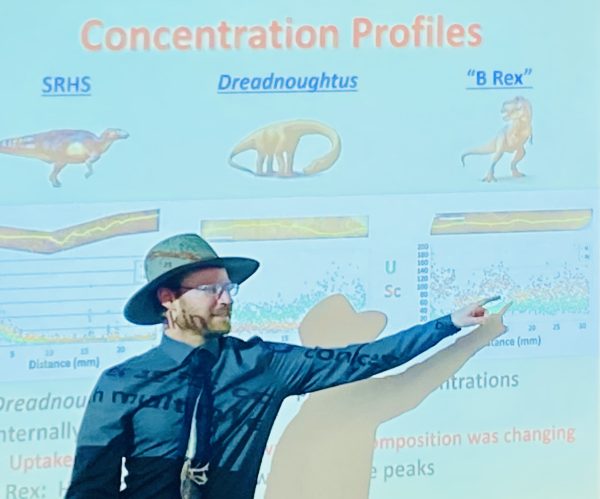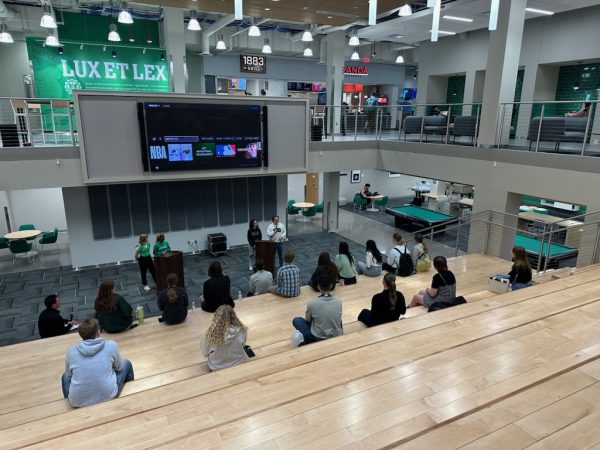Major of the week: Information Systems
November 22, 2016
For the past few months, I have been informing the reader on the lesser-known or more interesting majors offered at UND. There have been well-known majors with crowds and those with only a handful of students. There have been majors for incredibly competitive fields and those starving for personnel.
For information systems, it is admittedly not well known and is actively seeking to get more students into the field.
Despite the dozen-or-so students that graduate from the program each year, information systems is centered on people and how they interact with technology.
Tim O’Keefe is the Chair of UND’s Department of Information Systems and Business Communication. He said the major in a mix of computer science, psychology, management and social sciences.
“It has to do with user interfaces and how people interact,” O’Keefe said. “If you’re going to build a system that people can actually work with and work with together, you have to understand the way people work together.”

Timothy O’Keefe is the chair of the information systems and business education department at UND.
Information Systems students take classes in various classes in the college of business as well as computer programing. In these courses, students work hands-on with an assortment of big data bases, networking programs, interactive web page designing and coding.
The professors strive for students to have the most hands-on experience possible. In this field, answers to a single problem are plentiful.
Sandy Braathen is an information systems professor at UND. She said there are days when going over the homework can take a full class period just to cover all the possible correct answers students may have for one problem.
Even though the field covers a wide range of topics and students have more interactive work, the day-to-day grind is described as “manageable.”
“I don’t think that we are excessive,” Braathen said. “The technology has made that better because the students can do more things at home.”
This can be contributed to UND’s agreement with Microsoft which allows information systems students to download operating systems and software packages onto their personal computers for no price.
The field for these students appears to be brightening and widening as time goes on. These careers are projected to be some of the highest desired in the coming decade.

Sandy Braathen is a professor in the information systems and businness education department.
O’Keefe said the market is in such demand for their skills that many students come into the program already employed in the field.
An important note to feature is that these careers can pay well from the start. There are entry-level jobs that average in the $70,000 a year range.
A career field so desperate for talent and pays as well as it does, in theory, should have a line of students knocking on the program’s door. However, the name just isn’t getting out there.
Braathen said that some of the advertising and recruitment issues derives from the word “computer” not being in the program’s title.
The faculty believe information systems is an appropriate compliment to computer science as a double major, but also point out that there is a clear difference between the two.
“Students who think they want to work with computers seek a major in computer science, but they’re not the same thing,” Braathen said. “We work with the admissions office and they have a better understanding of what we’re doing, so they’re trying to identify students that might really be interested in I.S. and not computer science.”
They also mentioned that there are students who may or may not fit into the program.
“We do a lot more work with people. We like to say where computer science faces toward the computer, we’re facing away from it,” O’Keefe said. “They have a lot of the same attributes of scientists. They want to socialize. That’s somewhat of an oversimplification, but there’s some clarity that comes from that.”
This field is technology-heavy, meaning that the field is constantly changing and adapting.
Students learn and develop for this ever-changing arena in UND’s center for information systems, Gamble Room 377.
This technology temple is a recently renovated space for advancing UND’s Information Systems capabilities.
This exclusive space only has five tables, giving it a maximum capacity of twenty students. Each seat has an assigned laptop. Each table has a flat screen television, enabling the professor or the students to project what they are working on. The front of the room also has its own larger flat screen.
The program requires students to have constant interaction with the professor, which was what the alumni sought to improve with the funding of this project.
“We’re not geeks who also teach,” O’Keefe said. “We’re teachers who are geeks.”
Students interested in joining the field are recommended to visit with a faculty member in the program to find out if this is the career path for them.
Jacob Notermann is a staff writer for the Dakota Student. He can be reached at [email protected]











